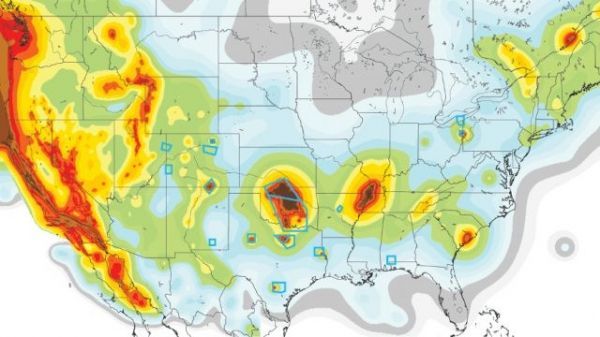Using data from field experiments and modeling of ground faults, researchers at Tufts University have discovered that the practice of subsurface fluid injection used in ‘fracking’ and wastewater disposal for oil and gas exploration could cause significant, rapidly spreading earthquake activity beyond the fluid diffusion zone. Deep fluid injections -- greater than one kilometer deep -- are known to be associated with enhanced seismic activity—often thought to be limited to the areas of fluid diffusion. Yet the study, published today in the journal Science, tests and strongly supports the hypothesis that fluid injections are causing potentially damaging earthquakes further afield by the slow slip of pre-existing fault fracture networks, in domino-like fashion.
The results account for the observation that the frequency of man-made earthquakes in some regions of the country surpass natural earthquake hotspots.
The study also represents a proof of concept in developing and testing more accurate models of fault behavior using actual experiments in the field. Much of our current understanding about the physics of geological faults is derived from laboratory experiments conducted at sample length scales of a meter or less. However, earthquakes and fault rupture occur over vastly larger scales. Observations of fault rupture at these larger scales are currently made remotely and provide poor estimates of the physical parameters of fault behavior that would be used to develop a model of man-made effects. More recently, the earthquake science community has put resources behind field-scale injection experiments to bridge the scale gap and understand fault behavior in its natural habitat.
Read more at Tufts University
Image: Oklahoma human-induced quake activity exceeds natural quakes in California. Regions of high human-induced quake activity are marked by blue boxes. (Source: USGS)


